Are you really an entrepreneur if you’ve never had a failed business? My failed business was due to something unexpected: exploding bottles.
Yes, you read that right. Here’s the story of my startup winery in 2019, where I learned invaluable lessons that have shaped my entrepreneurial journey.
Here are the four biggest takeaways from my failed business. Learn from me.
Mastering Consumer Packaged Goods (CPG) Marketing

One of my favorite businesses was a startup winery. Inspired by the success of seltzers in the beer market, I aimed to create a flavored alternative to traditional wine. We offered flavors like strawberry, honey wine, mango, guava, raspberry, and dragon fruit. It was classy, fun, and diverse.
Running this business was a crash course in marketing. I had to learn everything from Facebook SEO to PPC and brand marketing. The drink market, especially alcohol, is extremely competitive and hard to break into, especially without significant funds.
I had to figure out how to get our products on shelves at major retailers like Target and Walmart, which was a nightmare.
Through trial and error, I learned the processes of direct-to-consumer (DTC) sales, Facebook marketing, and SEO. This experience was a masterclass in becoming an effective marketer.
Navigating Compliance and Creating Moats
Compliance was another major area where I gained insights. Compliance issues consumed most of my time, ensuring we adhered to various regulations. But I learned that compliance also creates a substantial moat for the business.
"Compliance is wonderful in the sense that it drives this huge moat," I realized. In the HVAC business, we also benefit from such moats, whether it’s through buying products directly from factories or navigating EPA regulations on refrigerants.
While it’s challenging to keep up with compliance, it keeps out a lot of competition, which is a strategic advantage.
Understanding Pricing Strategies
Pricing in the alcohol market is important and extremely difficult. A wine bottle priced at $14 is significantly different from one at $12, $2, or even $45. These price points determine how products are categorized and where they are placed in stores.
Understanding these distinctions is a quick way to succeed.
This business taught me how to manage cash flow and pricing strategies, which are important for any business. I learned about setting prices for wholesale versus direct-to-consumer sales and ensuring that cost of goods sold and margins allowed for profitable operations.
The cost of goods sold need to be perfect, and your margins need to be able to give people wholesaling options.
Choosing the Right Partners
Perhaps the biggest lesson I learned was about choosing the right partners. The failure of the winery was primarily due to a poor partnership decision. My partner was an amateur winemaker, chosen to save costs.
This decision backfired when we faced the technical challenges of producing fruit wines.
“If you don’t kill the yeast and you add sugar back into the bottle, it creates a champagne,” I explained to my partner. Champagne with regular corks after about two to three weeks, even in a refrigerated space, tends to pop and blow carbonated liquid all over.
Guess what happened.
This led to the unfortunate demise of our business after our fourth batch of wine, as exploding bottles created a giant mess in multiple ways.
The key takeaway here is not to cheap out on partners. Ensure your partner understands their role, is adequately compensated, and is the right fit for the job.
A misalignment can cause the entire operation to fail.
Lesson Learned
Reflecting on my failed winery, I can see how these four lessons have shaped my current businesses, particularly in the HVAC industry. From mastering marketing strategies and navigating compliance to understanding pricing and choosing the right partners, these experiences have shaped my present.
And thank God, no more exploding bottles.
Jack Carr, CEO of Rapid HVAC
https://rapidhvactn.com
Get more Owned and Operated on YouTube, on Twitter, or with our weekly newsletter.

%20crop.jpg)

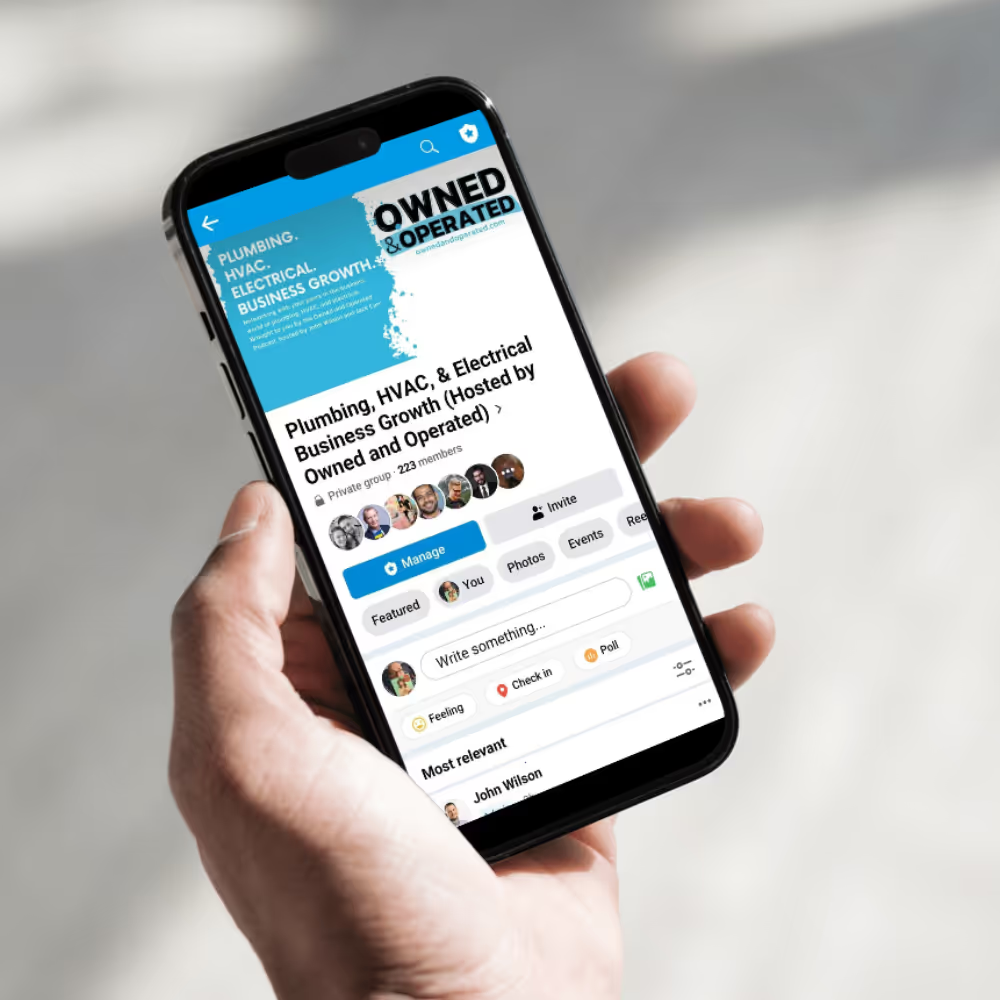
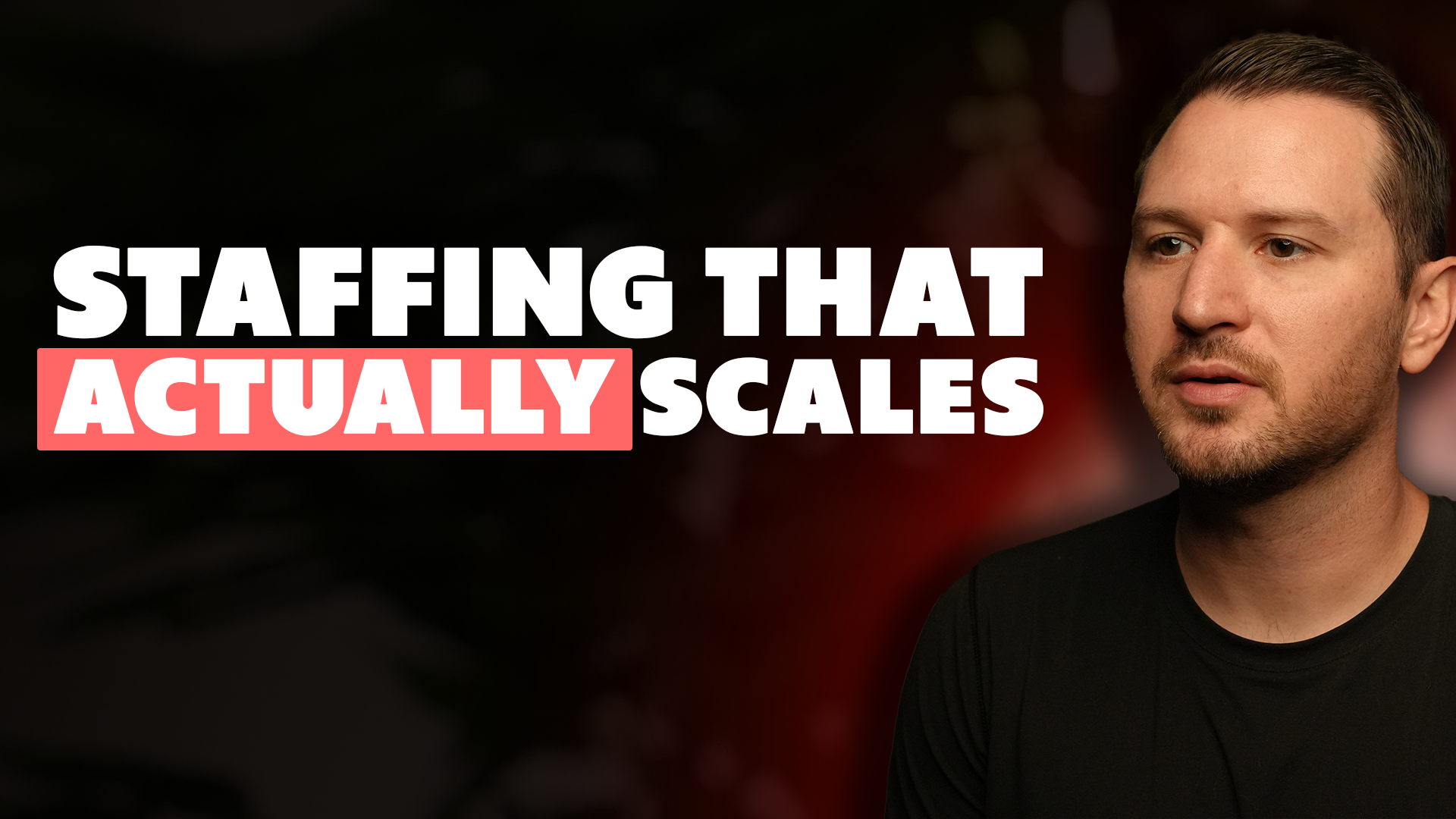
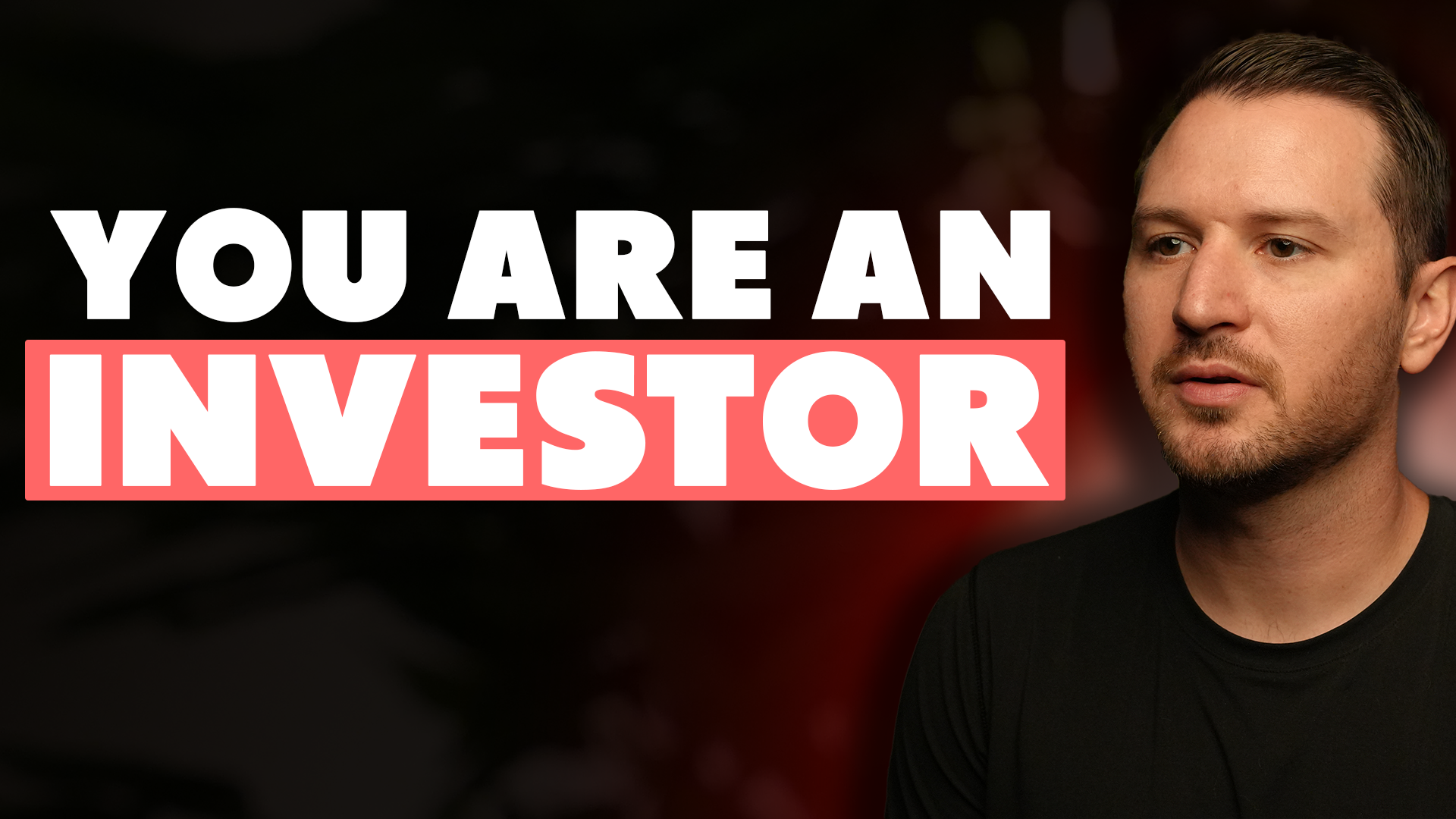
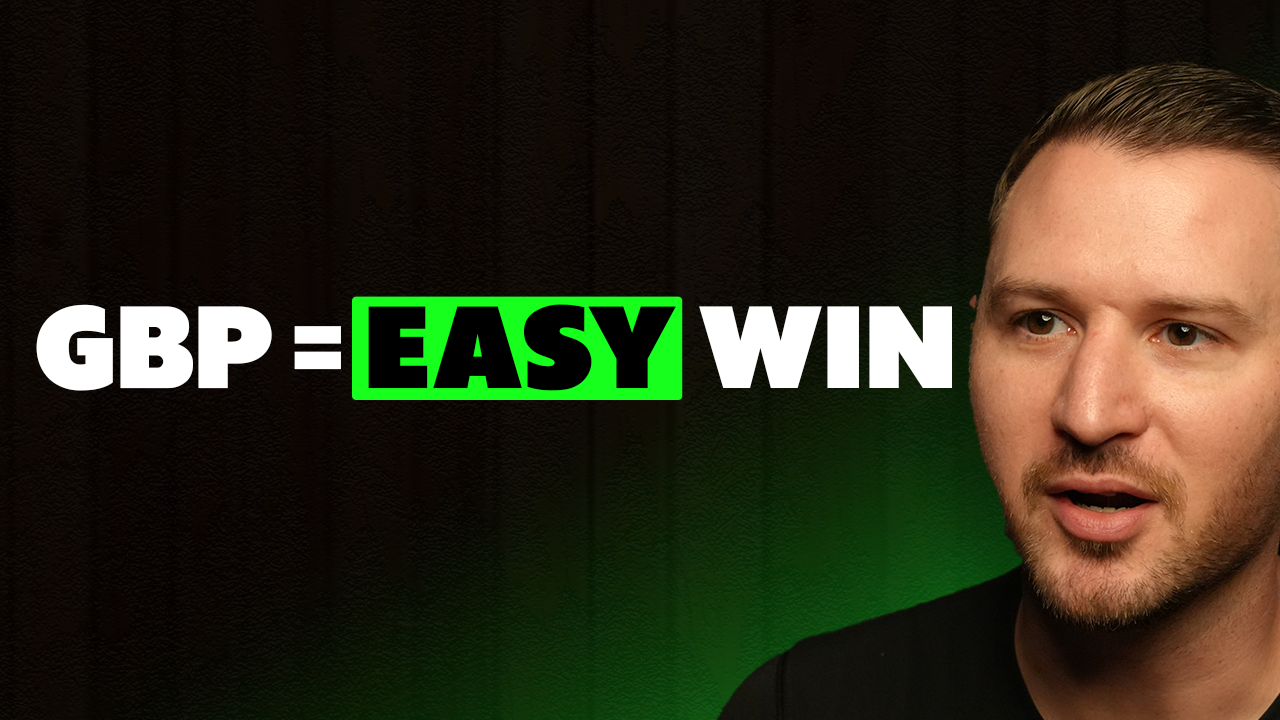
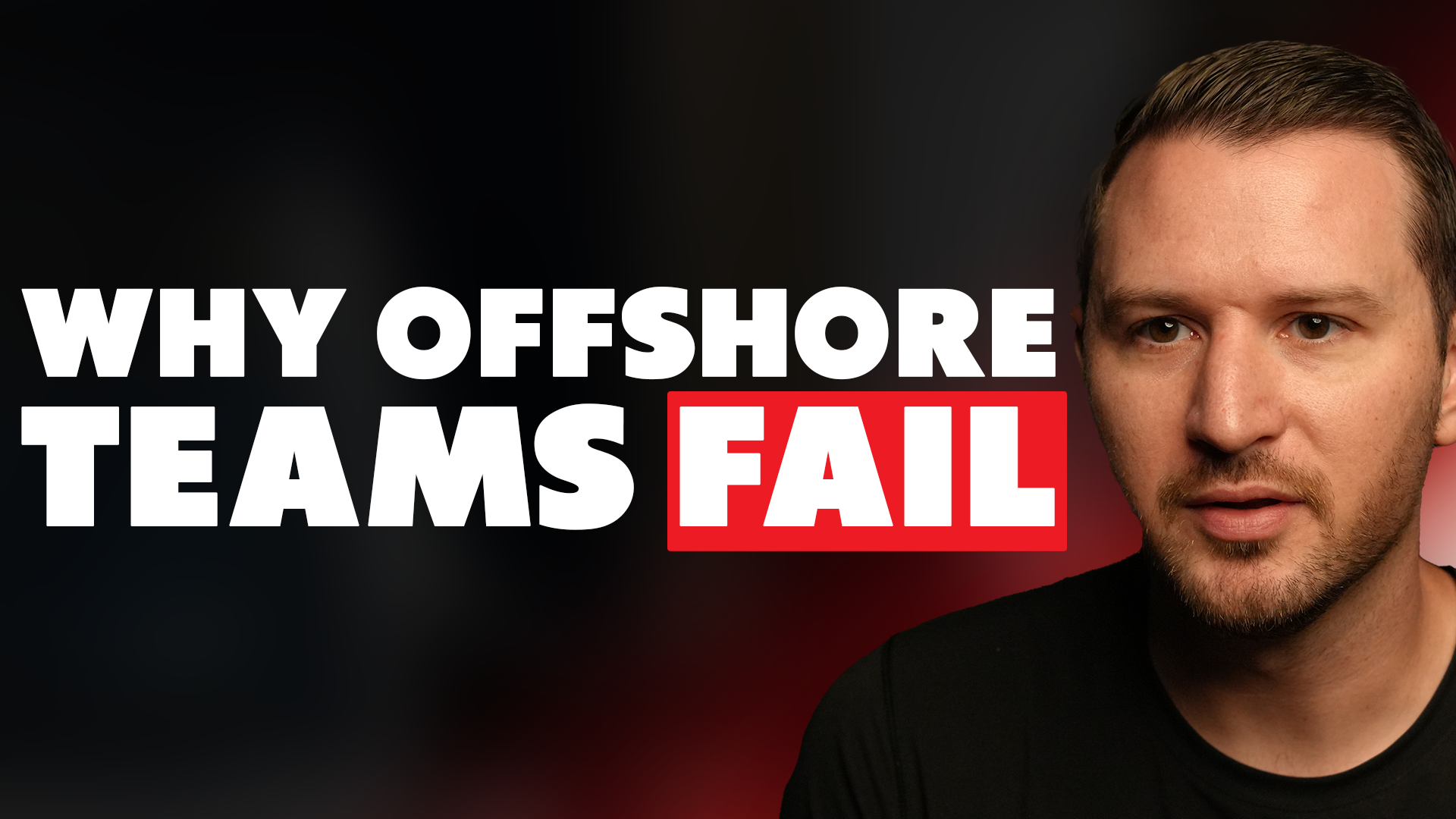
.avif)
